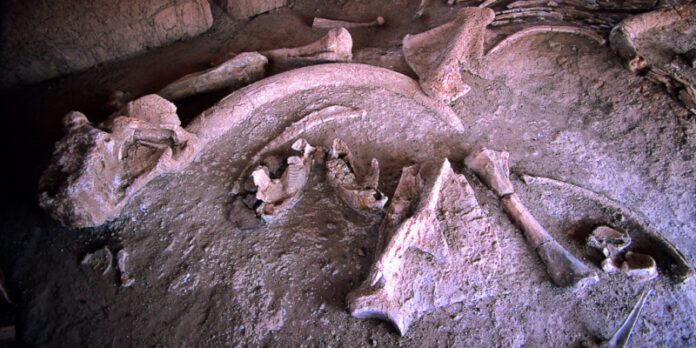Archaeology surveying is the process of gathering information about the past through excavation and surveying. It can take a variety of forms and can be either intensive or non-intrusive. Archaeology surveying can provide important information about human activities during the past. It can be an important step before archaeological excavations take place.
During archaeological field work in Africa, geophysical methods are increasingly used. Until recently, magnetic surveying was not widely used in sub-Saharan regions. This new technique is now widely used in sub-Saharan archaeology. In the Chad Basin, the Zilum site is part of the Gajiganna Culture and dates back to 600-400 BC.
Archaeology surveying is an important part of conservation efforts and can help preserve and protect African cultural heritage. Through this project, researchers will document previously unknown archaeological and cultural heritage sites. They will focus on sites that are under threat from urban growth, conflicts, and infrastructural development. Researchers will receive in-country training to identify archaeological sites and maintain database records.
Surveys are important reconnaissance tools in African archaeology, but the amount of surface research is still limited. This article reviews the state of surface archaeology in Southern Africa, reviews its role in landscape archaeology, and considers Bower’s methodological concerns. It also presents a case study from the Tankwa Karoo region of South Africa.
Surveying in Africa is critical, but unless you have the correct equipment and trained archaeologists, the field will be a difficult and time-consuming process. But if you have the proper training and a keen eye, it will yield rewards. The benefits of conducting archaeological surveys are significant and well worth the effort. If you are interested in learning more about archaeological surveys in Africa, here are some tips:
The 2004 survey season established an extensive and diverse archaeological record. It identified previously undocumented tell sites on floodplains. The data indicate three distinct stages in the history of the region’s human settlement: the foraging phase, a lengthy period of cultivator-forager economies, and the second phase of small-scale farming.
An important consideration in archaeological surveying is visibility. If visibility is good, researchers will use fieldwalking to systematically walk through an area looking for artifacts and archaeological indicators.
They will also take notes about the surrounding environment at the time. This method is most effective when the area is flat and has little vegetation. Because artifacts tend to move to the surface of the soil, fieldwalking does not always detect them.
Archaeology surveying methods vary considerably, but the basic principles of all methods are the same. The method of surveying must be appropriate for the archaeological site and the site’s location. Before deciding on the surveying method, archaeologists must first define the study area and become familiar with its natural characteristics. Another method of archaeological surveying is by using remote sensing techniques. These techniques allow archaeologists to conduct subsurface testing without disturbing the surface. One technique uses a proton magnetometer to measure the strength of the earth’s magnetic field. Unscathed dirt registers a smooth plane when the device is placed on it. Disturbed dirt, such as ditches, will alter the magnetic reading. The method is effective in detecting middens, ditches, and burned structures.



